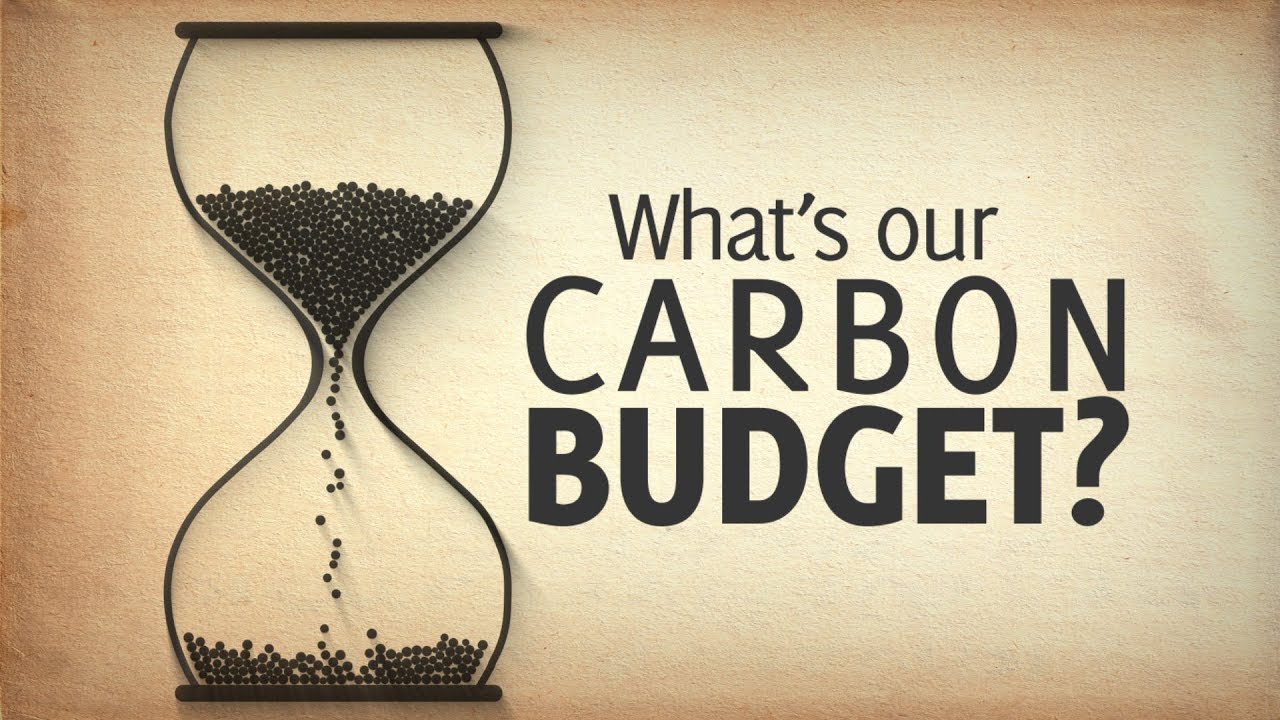🕹️ Level 1

⛳️ Introduction to Level 1
Welcome to Level 1 You are in the right place if you are brand new to climate action, and need a basic overview of terms as well as some questions that need answering.
Learning Objectives
- Be able to define climate tech.
- Gain fundamental climate knowledge.
- Browse solution frameworks.
- Consider joining a core community.
In Level 1, you will read up on climate definitions, and it is recommended that you read some of the articles that are linked in this level for a comprehensive background.
What is Climate Tech?
The term "Climate Tech", short for climate technology, is used in two related ways. There is a broad definition and a Silicon Valley-style industry definition.
| Broad Definition | Industry Definition |
|---|---|
| Climate Tech is any form of technology, physical or digital, that will help solve the climate emergency. | Climate Tech is a recent financial movement to invest in startup companies that are focused on a solution to the climate emergency. |
They are used interchangeably at times.
The broad definition of climate tech is what we are mostly going to be using in this mini-course.
The primary goal of climate tech is to reduce greenhouse gas (GHG) emissions. GHGs are gases that trap heat in the Earth's atmosphere, contributing to global warming and climate change. The main sources of GHG emissions are divided into the following sectors, which we will explore in more detail later in this mini-course:
- Electricity: Reducing emissions from power generation, such as through the use of renewable energy sources like solar and wind.
- Food, Agriculture, and Land Use: Improving farming practices and land management to reduce emissions and enhance carbon storage.
- Industry: Implementing cleaner and more efficient manufacturing processes and using sustainable materials.
- Transportation: Transitioning to electric and low-emission vehicles and creating sustainable transportation infrastructure.
- Buildings: Increasing energy efficiency in homes and commercial buildings through improved design, insulation, and smart technologies.
Note: there is also a term called "Clean Tech" which is very similiar.
Technically clean tech can refer to sustainable technologies that go beyond stopping greenhouse pollution, for example, water quality, biodiversity, and other environmental goals.
Historical Context: Clean Tech 1.0
It’s important to recognize that the term "clean tech" carries some negative connotations due to the "Clean Tech 1.0" startup wave from 2006-2011, a period marked by heavy investments and significant failures. This history offers valuable lessons for future endeavors.
Learn more about this period and how investors are approaching a new wave of clean tech:
- How VCs can avoid another bloodbath as the clean-tech boom 2.0
- Eight lessons from the first climate boom and bust
What is a climate job like?
Now that we know what climate tech is, let’s dig into what the climate tech job is.
Click each drop-down menu below to read through each frequently asked question about climate jobs.
How well does it pay?
How can I use my voice as an employee?
How do I learn the necessary skills?
How secure are these jobs?
How much do I need to know about climate science and politics?
How do I avoid greenwashing?
Fundamental Climate Knowledge
Skip to:
The 2015 Paris Agreement:
The primary goal of the 2015 Paris Agreement is to limit the global average temperature increase to 1.5 degrees Celsius. Achieving this target is critical to avoiding the most severe consequences of climate change.
To meet this challenge, the world must reduce greenhouse gas emissions by 50% by 2030 and achieve net-zero emissions by 2050.
1.5 degrees versus 2 degrees celsius:
Reaching our 2030 goal is not likely.
However, we still have a chance of keeping the global average temperature near 2 degrees celsius within the next 23 years.
Our carbon budget:
There are many different calculations.

One budget from the Mercator Research Institute on Global Commons and Climate Change states:
- The world is emitting roughly 42.2 gigatons of greenhouse pollution per year.
- To have a reasonable chance of keeping global warming under 2°C, we can only afford to emit about 995 gigatons more.
- We have 250 gigatons of CO2 left to stay below 1.5 degrees, roughly 5 years.
The global standard comes from the United Nations Intergovernmental Panel on Climate Change (IPCC).
Common myths:
SkepticalScience.com maintains a good list counter-arguments to over 200 climate myths.
One of the most important myths to debunk is the belief that global temperatures will decline as greenhouse emissions go down.
This implies that we can partially reduce emissions and keep global temperatures at a stable level.
In reality, carbon dioxide remains in the atmosphere for hundreds of years and continues to trap heat long after emissions stop. Therefore, we need to eliminate emissions entirely to prevent further global warming.
Partial reductions simply will not work!
Solution Frameworks
Time for the good news. We have solutions!

Project Drawdown

Project Drawdown is a non-profit organization that created a list of the 93 top climate solutions.
The list comes from a global coalition of leading scientists.
They calculated and ranked the highest likelihood of reducing greenhouse pollution based on available solutions today.
Examples include:
- Reducing food waste
- Alternatives to meat
- Alternative refrigerants
- Family planning
The Handbook's Solution Page is mostly based off of Project Drawdown.
Speed and Scale

Created by venture capitalist John Doerr, this framework has both similarities and differences with Drawdown.
Rather than a big list of 93 Solutions ranked by gigaton reduction, the Speed and Scale framework uses Doerr's popular OKR system for measuring "objective key results."
Here is Speed and Scale's official OKR Tracker
Which framework to use?
Both are valuable and are not mutually exclusive.
Project Drawdown has some more granular solutions, while Speed and Scale has larger categories.
Speed and Scale has a great OKR system that is time bound and uses very specific metrics to track progress.
Core Communities
There are 26 Slack communities listed here.
Some are generalized for climate job seekers, and others are specialized toward roles (climate designers) and solutions.
Here are 3 to start with:
The Climate Tech Handbook
Our community is designed for people who want to level up their portfolio.
We're building the handbook together to show off our skills and knowledge.
Join our SlackWork on Climate
The largest Slack community for climate work.
25,000+ members
MCJ Collective

This one costs $10 per month.
Work on Climate is very heavy toward job seekers, while MCJ also has a strong startup / investor community.
The MCJ Collective are investors themselves.
MCJ stands for My Climate Journey
They have a great podcast here
Networking strategies will be covered further in Level 2.
You did it!
Now on to the next level:

